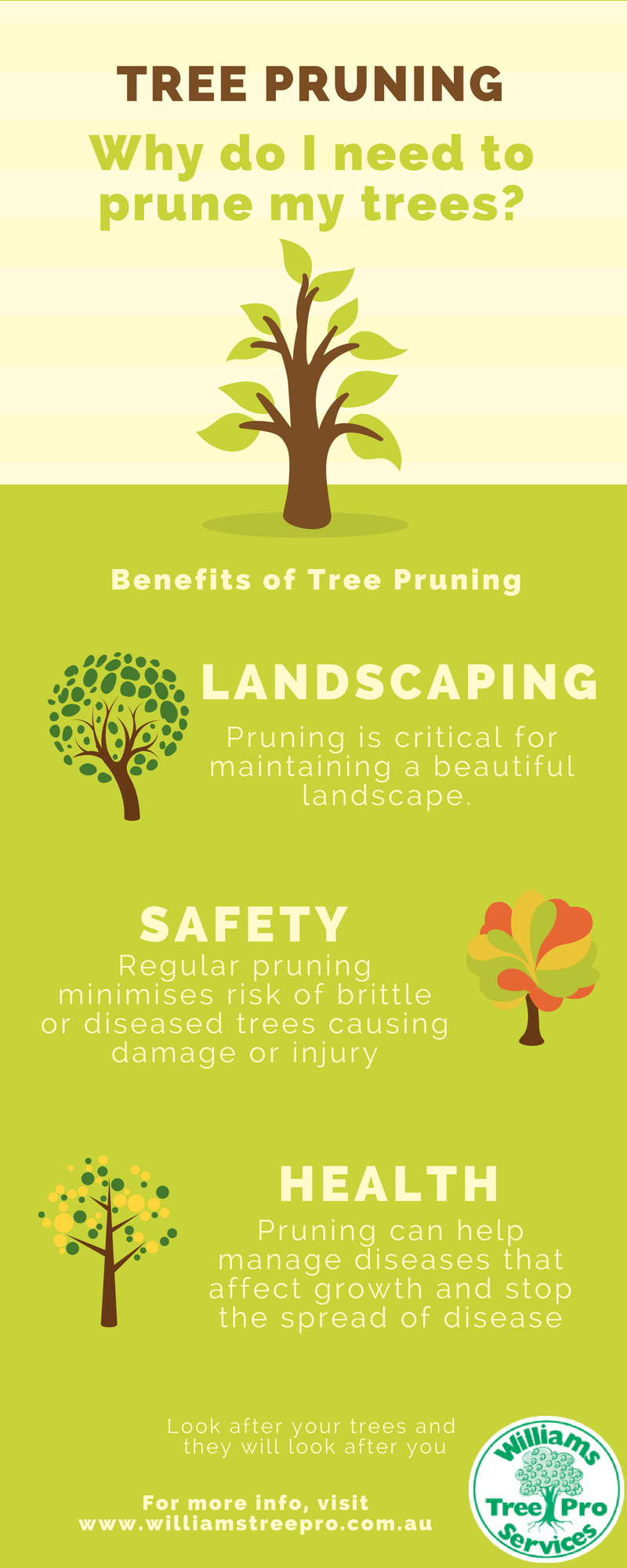The Consequences Of Getting Rid Of Trees On The Ecological Community: What You Required To Understand
The Consequences Of Getting Rid Of Trees On The Ecological Community: What You Required To Understand
Blog Article
Material Created By-Juarez Hull
When it comes to the environmental impact of tree removal, there are essential facets that demand your focus. From the intricate web of relationships within ecosystems to the succeeding effects on environment patterns, the repercussions are profound. You might be stunned to find the intricate ways in which the removal of trees can reverberate throughout the atmosphere. Keep tuned to unwind the detailed links and effects of this relatively straightforward act.
Logging and Environment Loss
Logging and habitat loss are vital concerns coming from tree elimination. When trees are reduced, it interferes with entire ecosystems. Not only are the trees themselves shed, yet the homes and food resources of plenty of plant and animal species are damaged as well. Birds shed their nesting sites, animals lose their shelter, and insects shed their habitats. The results surge via the food web, impacting killers and target alike.
Moreover, logging adds to climate modification. Trees play an important function in soaking up carbon dioxide, a greenhouse gas that catches warm in the environment. With less trees, there's much less carbon dioxide absorption, resulting in enhanced degrees of this gas in the environment and aggravating worldwide warming.
Environment loss is a straight result of logging, as the destruction of forests means the loss of unique and diverse communities. Lots of varieties are not able to adjust to quick adjustments in their atmosphere, causing populace decreases and, sometimes, extinction.
Securing forests is vital to keeping the fragile balance of nature and making sure the survival of many plant and pet species.
Influence on Biodiversity
The elimination of trees has a significant influence on biodiversity, impacting the range and abundance of plant and animal species in an area. Trees offer environment and food sources for numerous microorganisms, from pests to birds to creatures. When trees are removed, these varieties shed their homes and resources of nourishment, bring about a decline in their populations. This disturbance can have plunging impacts on the entire community.
Additionally, trees play an important function in maintaining biodiversity by developing microhabitats within their canopies, trunks, and origins that support a variety of species. When trees are reduced, these specialized environments are damaged, decreasing the general variety of the area.
Additionally, the removal of trees can cause a decline in hereditary diversity within plant populaces, as specific tree types may no more be able to recreate or distribute effectively. Protecting trees and woodlands is crucial for preserving biodiversity and ensuring the wellness of ecological communities for future generations.
Dirt Disintegration and Environment Modification
With trees being eliminated from a location, the disruption of dirt framework and security occurs, resulting in raised soil erosion. Trees play a vital duty in protecting against disintegration by holding soil in position with their origin systems. When trees are eliminated, specifically in large numbers, the soil ends up being a lot more vulnerable to disintegration from wind and water. This disintegration not just influences the immediate surroundings but can also lead to sedimentation in close-by water bodies, affecting water top quality and marine environments.
Furthermore, https://www.orlandomagazine.com/water-saving-landscaping-ideas-for-traditional-style-homes/ aid control the climate by soaking up co2 during photosynthesis. When trees are lowered, this all-natural carbon sink is lessened, contributing to boosted degrees of greenhouse gases in the atmosphere. This can worsen climate modification, causing even more extreme weather condition events and disruptions in ecological communities worldwide.
For that reason, the removal of trees not only speeds up soil erosion yet also plays a role in the larger ecological concern of climate adjustment. It's crucial to consider these factors when evaluating the influences of tree removal on the atmosphere.
Final thought
Now that you know the environmental impact of tree removal, think about the repercussions before reducing trees. Logging disrupts communities, decreases biodiversity, and contributes to soil erosion and climate modification. By bearing in mind the impact of tree removal, you can aid shield our atmosphere and maintain the delicate balance of nature. Make notified choices and consider alternate solutions to reduce the negative results on our world.
